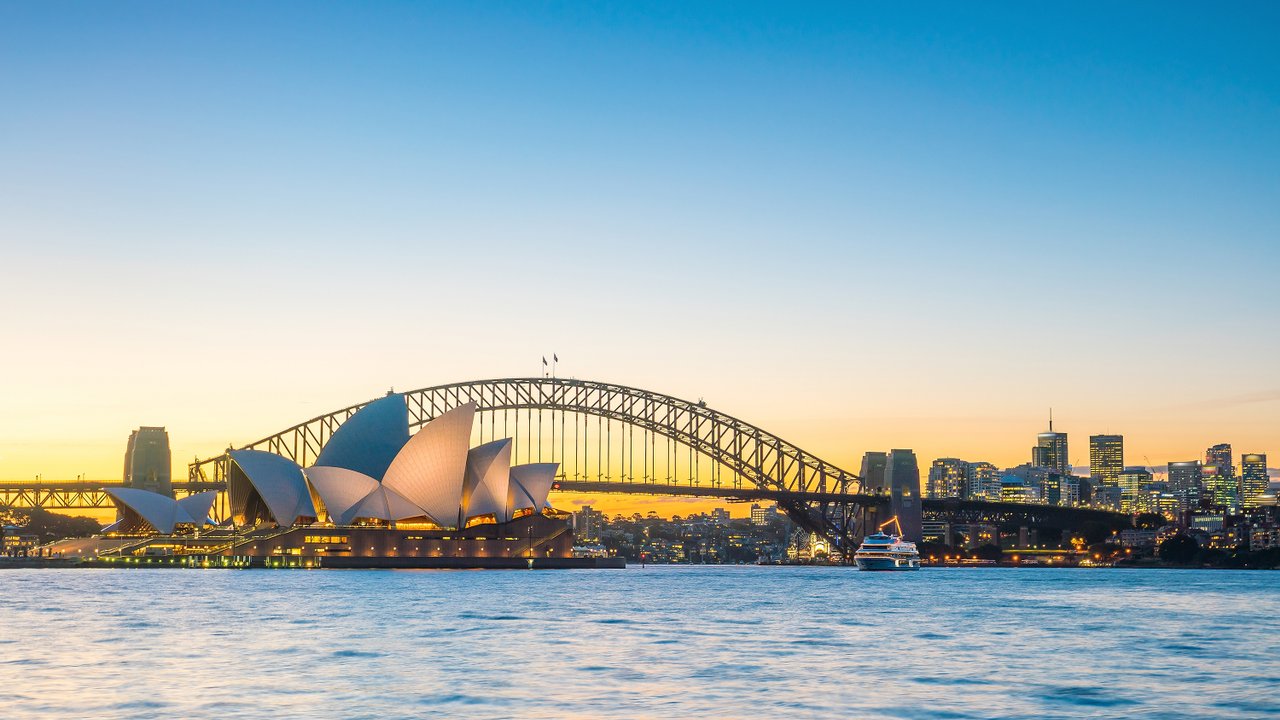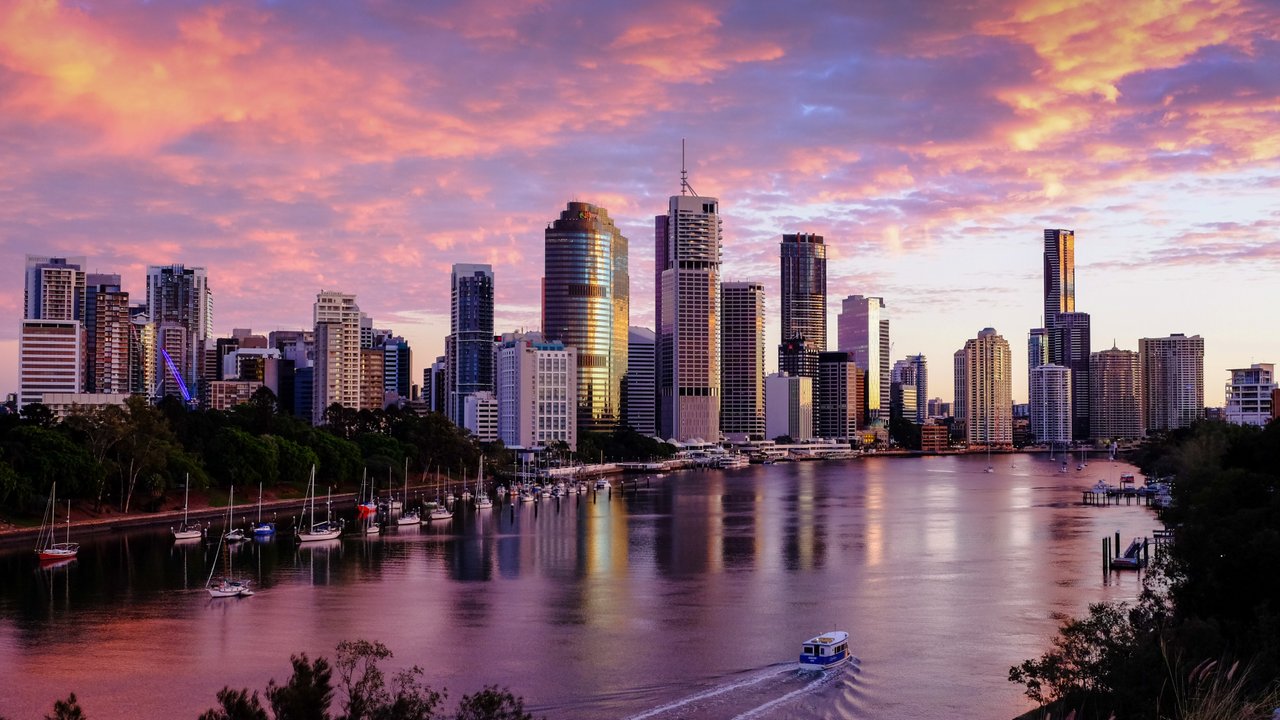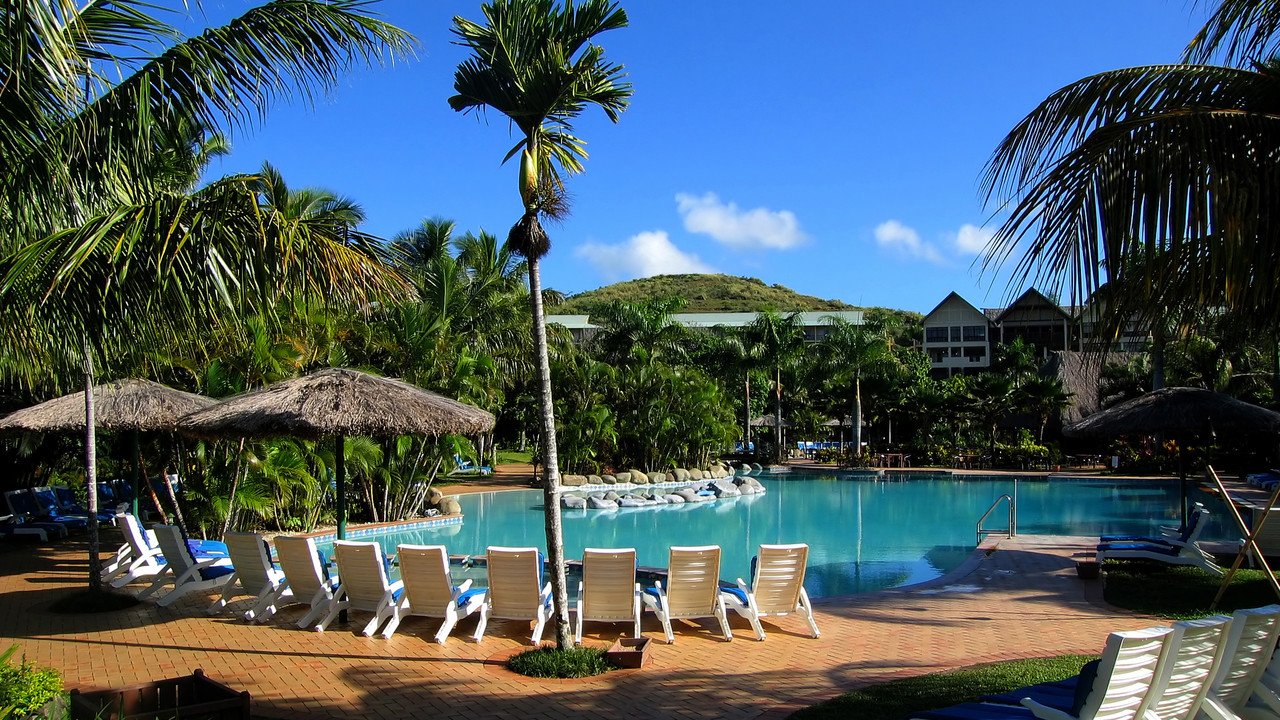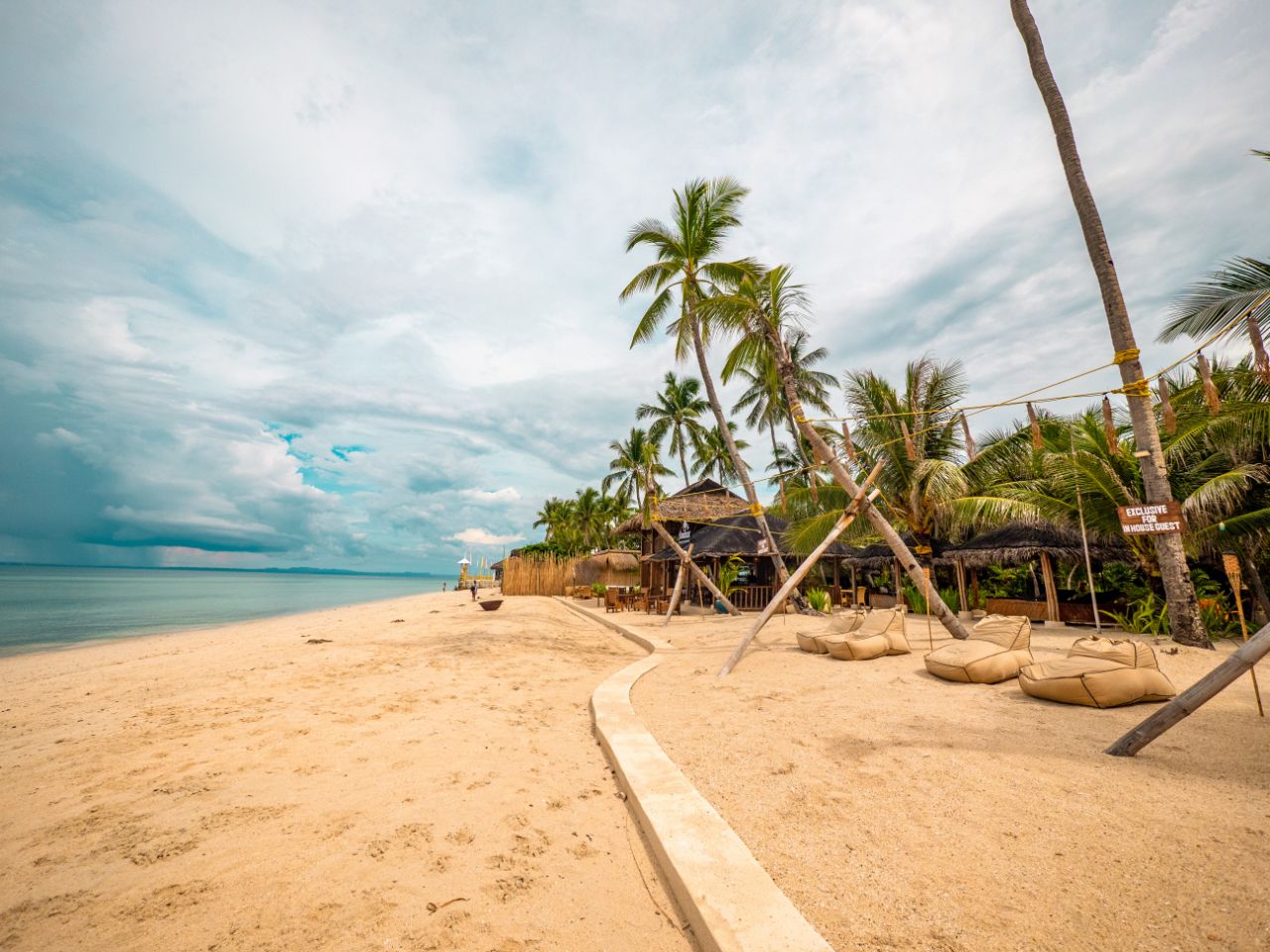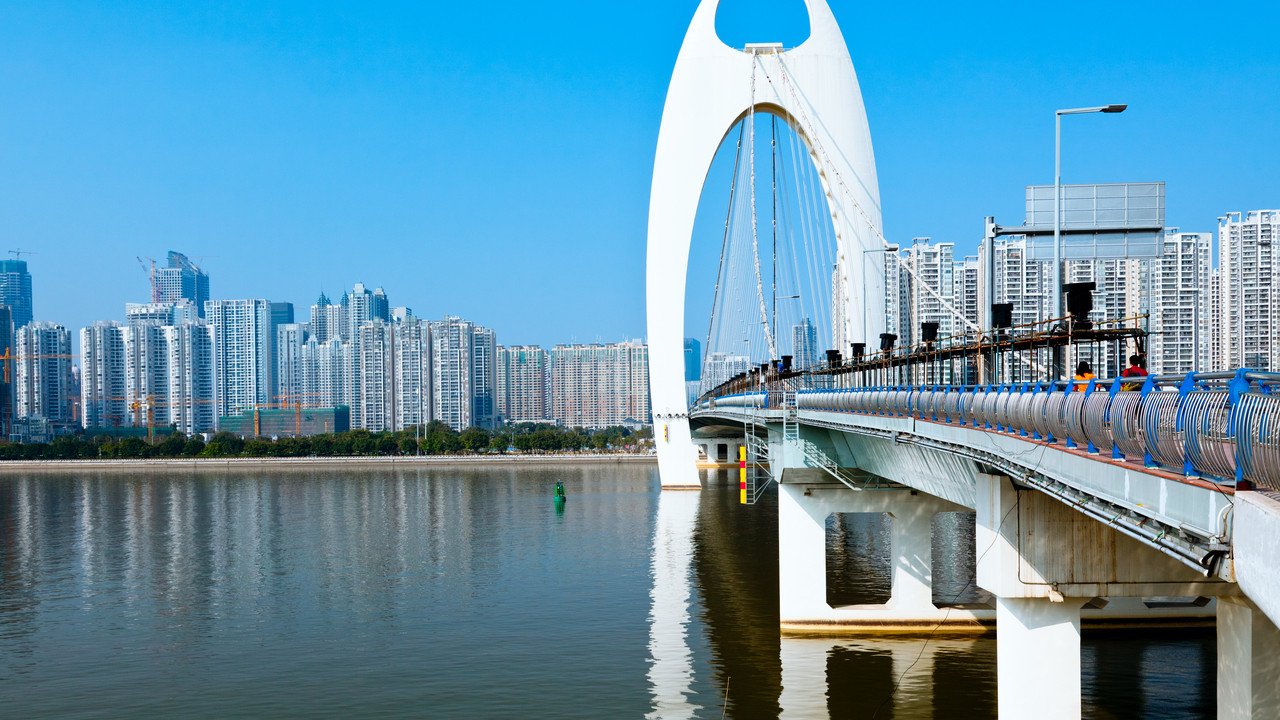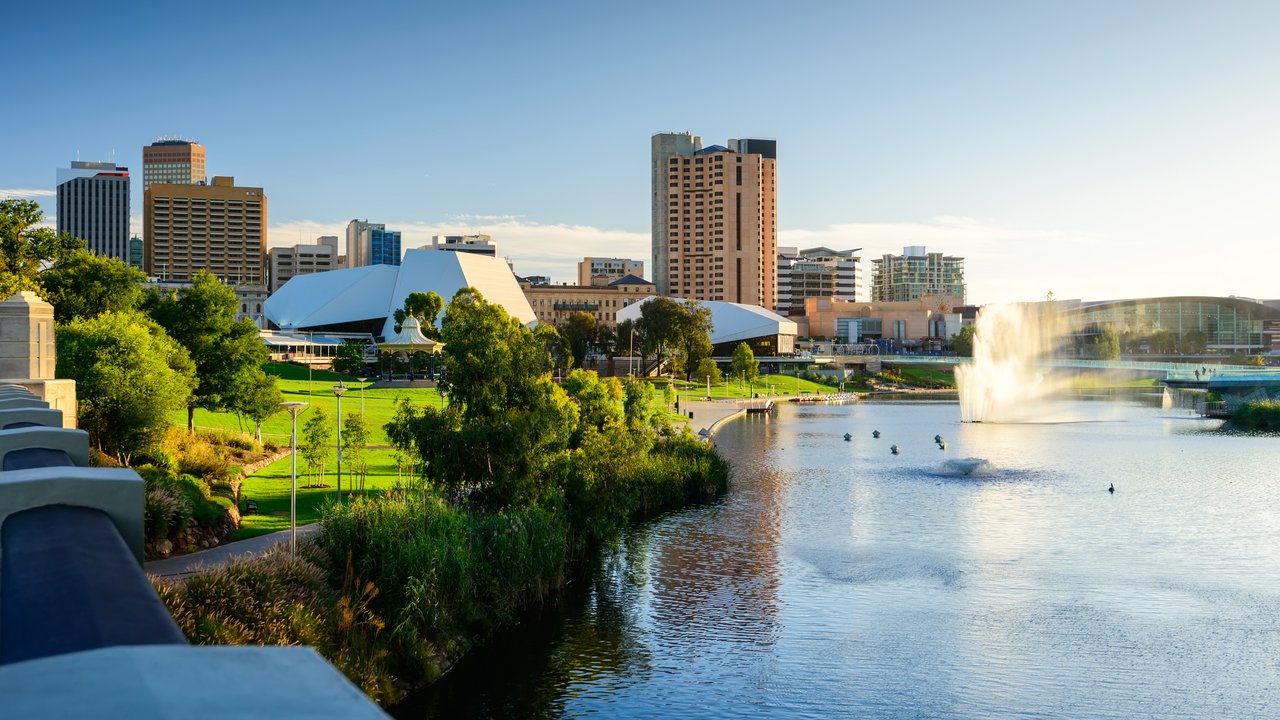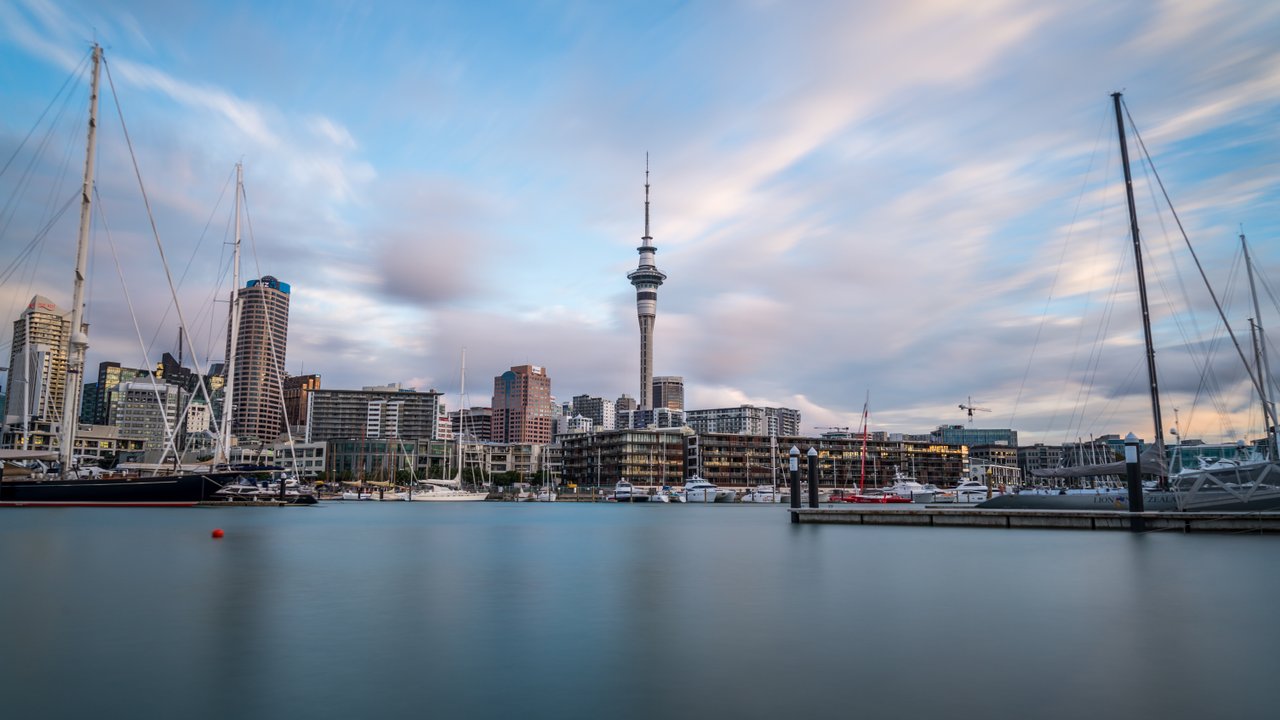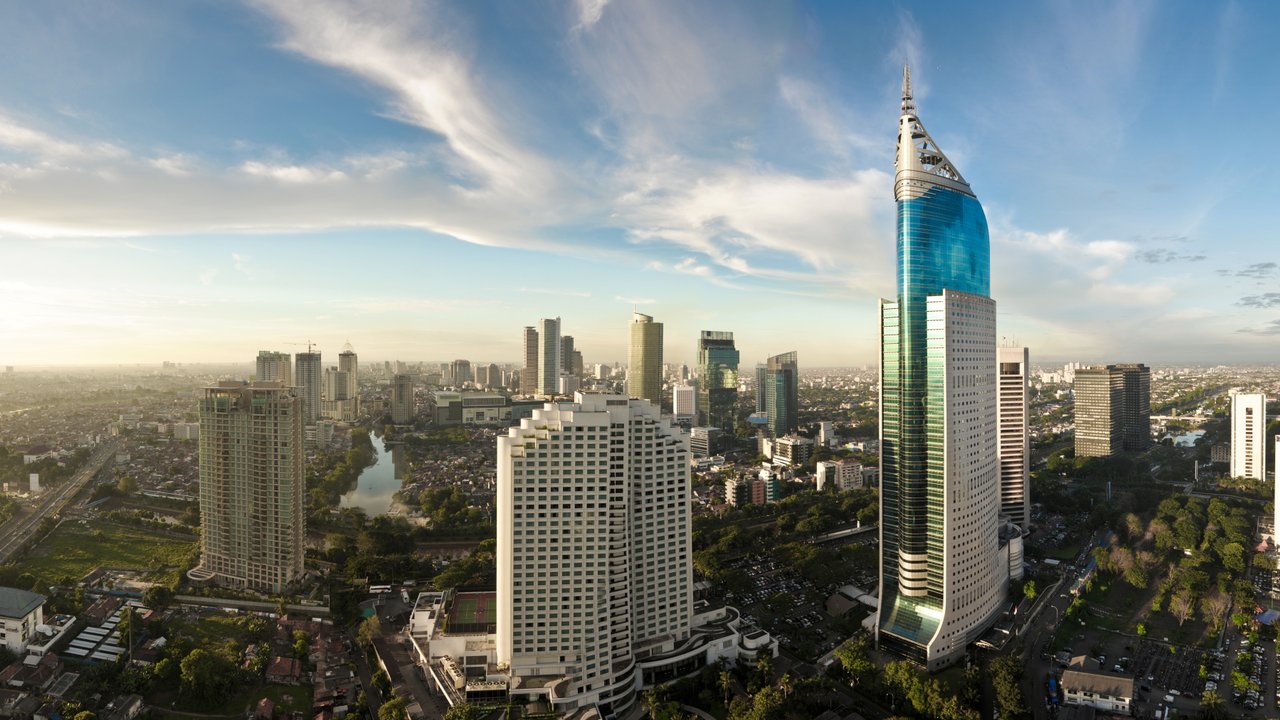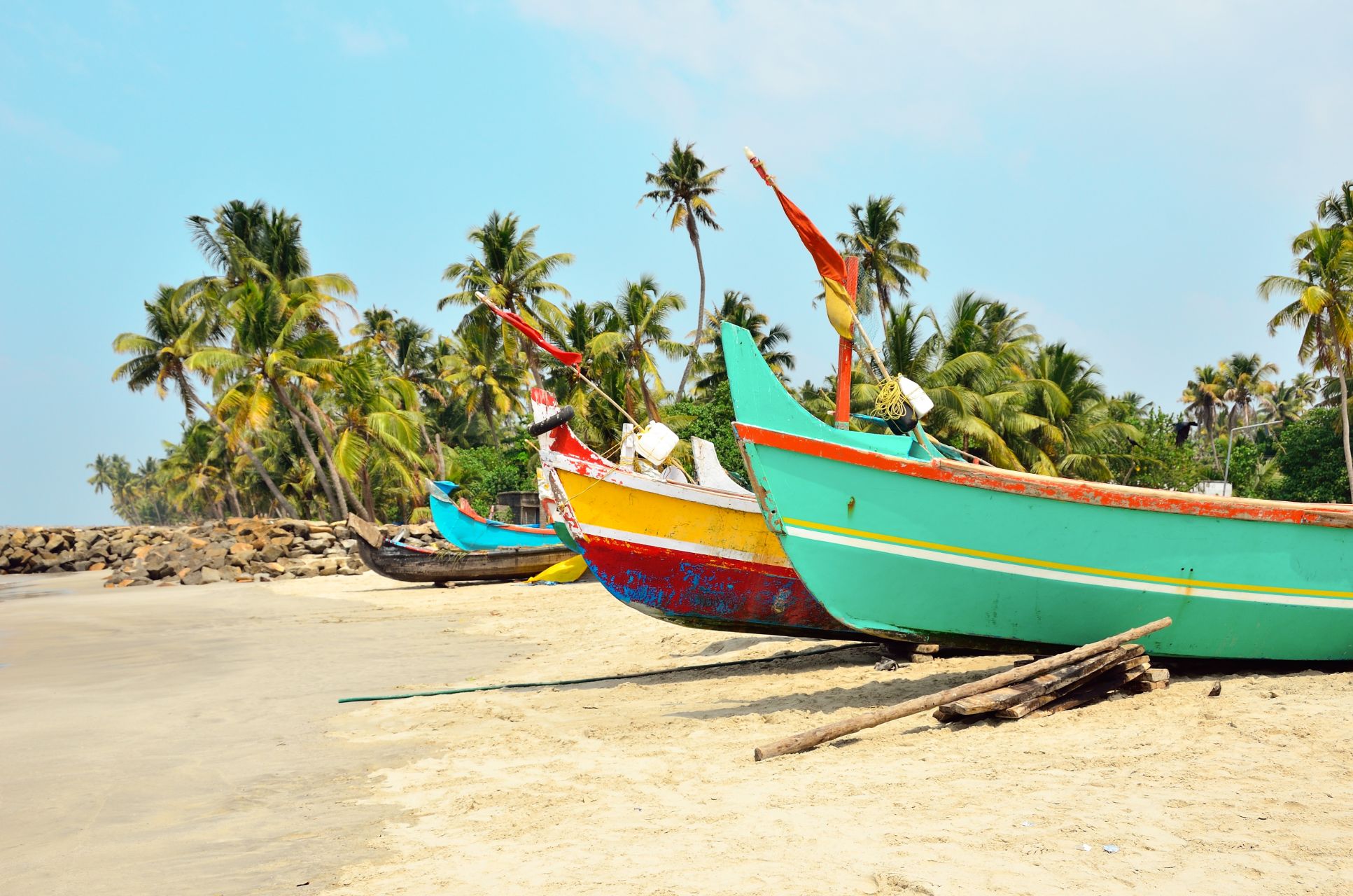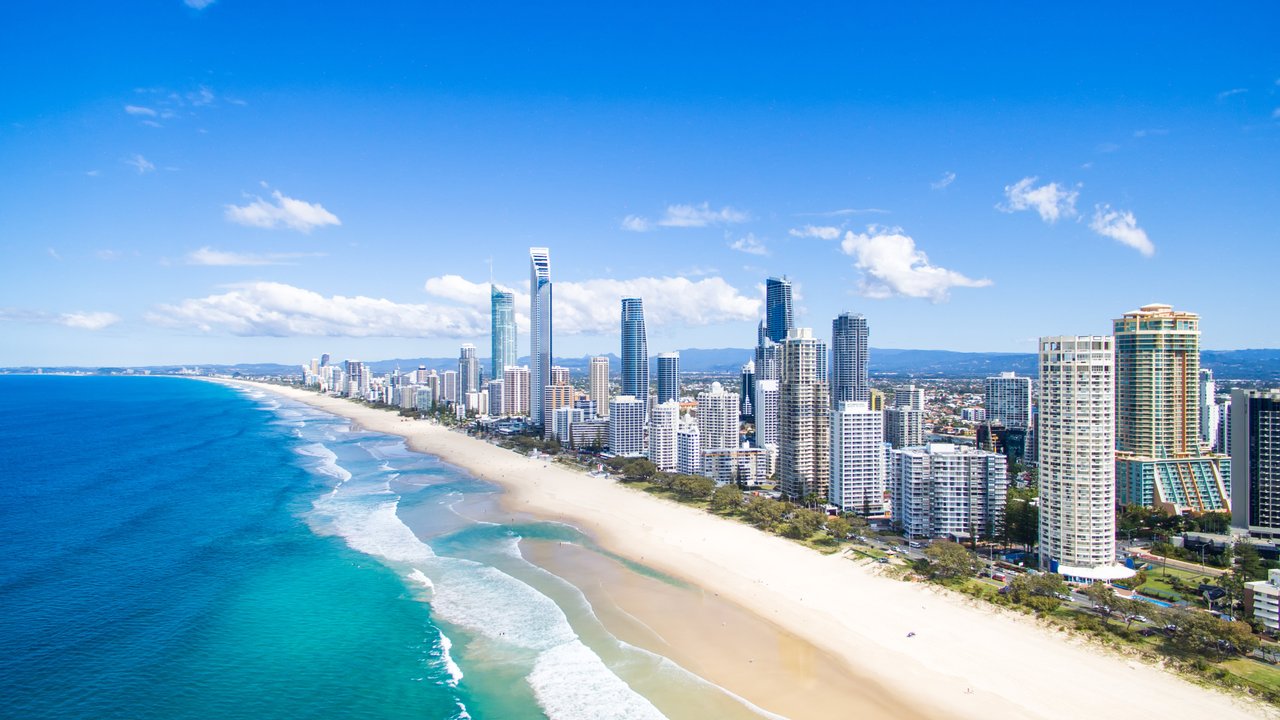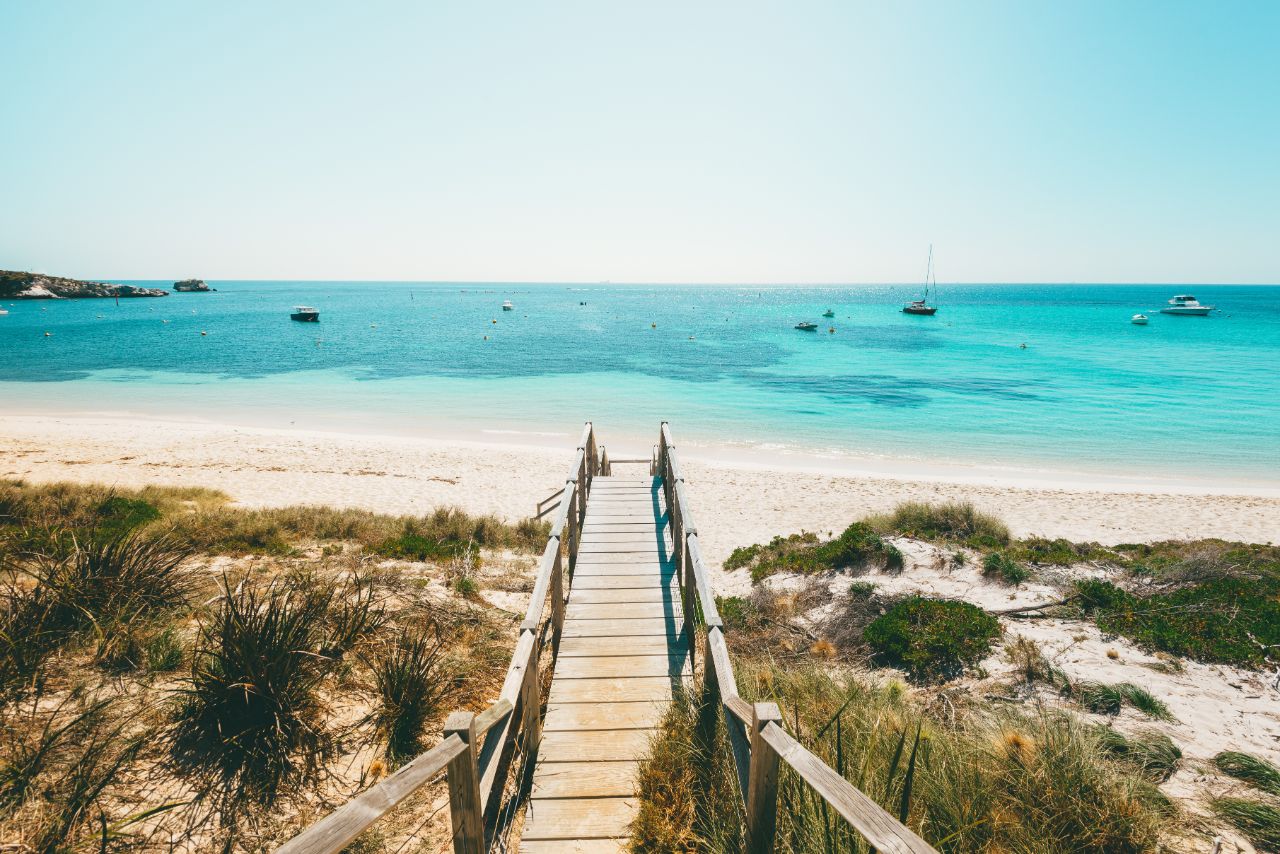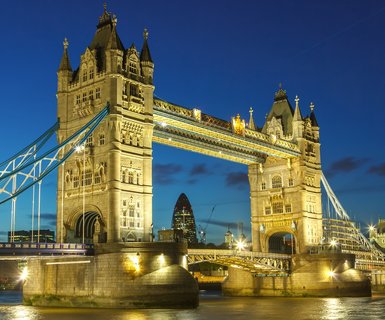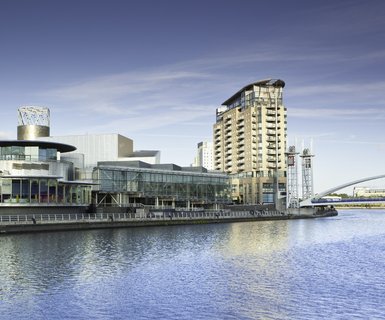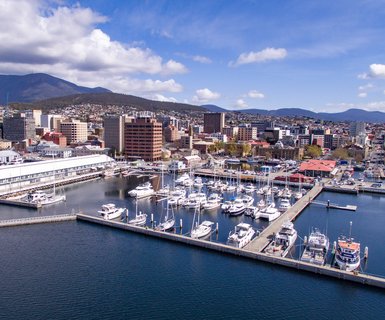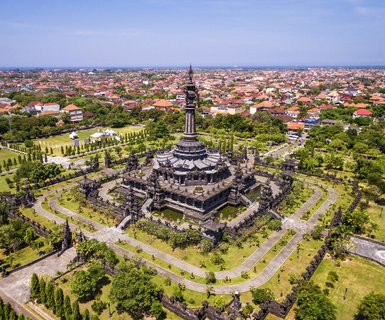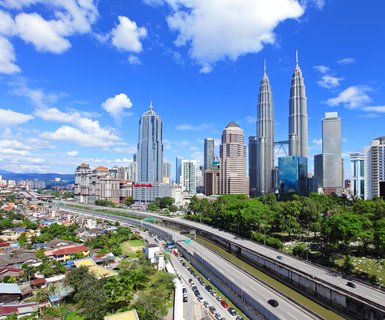
Flight deals from Melbourne, Australia
Looking for a specific place to visit?
Melbourne travel tips
Why starting flights from Melbourne unlocks easy global escapes
Melbourne makes a smart launchpad for every kind of trip, from spontaneous weekend getaways to ambitious long hauls. With Australia’s second busiest airport handling vast domestic and international traffic, you get breadth of choice and schedules that fit real life, not just peak hour travelers in Australia.
What makes Melbourne a smart jumping off point?
You can fan out across the country in a single hop for work or play, then pivot to Asia Pacific and the Americas on the same field without changing cities. That range means more options to find cheap flights from Melbourne and to tailor departure times that suit family routines, business meetings, or onward connections. The airport’s scale also brings a steady stream of new and seasonal routes, so there’s usually something fresh on the board when wanderlust strikes.
How airport scale boosts options
Frequent updates to the schedule and newly added routes mean the window for finding a great deal or a fresh destination is always open.
Popular and trending destinations from Melbourne right now
From short domestic hops to long hauls, Melbourne’s network covers quick escapes and bucket list journeys. Flight schedules and availability vary throughout the year, but you’ll usually find multiple daily options on core routes, plus seasonal capacity where demand spikes.
Short break favorites and big trips from Melbourne
Domestic staples like Sydney, Brisbane, and Perth are frequent, making weekend flights from Melbourne easy to plan, for example, nonstop flights to Sydney are about 1 hour 25 minutes, with many daily departures, as an example and subject to change. In the region, Singapore and Auckland are steady crowd pleasers for food, culture, and nature, with Auckland also serving as a gateway to road trips across New Zealand.
Long haul lovers head for Los Angeles and Dubai for onward connections or city breaks; Melbourne to Los Angeles runs roughly 14 hours 15 minutes nonstop as an example and subject to change, while Dubai opens up links across the Middle East and Europe. A mix of full service and low cost carriers operate these routes, with airlines including Qantas, Virgin Australia, Jetstar, and United Airlines. If you’re flexible, Kiwi’s Travel Hacks can surface self transfer options, hidden cities, and throwaway ticketing opportunities that might reveal better value paths on the dates you want, all subject to availability.
Why these routes stand out
They balance business demand and leisure appeal. Sydney and Brisbane soak up last minute flights for meetings and events, Auckland attracts outdoorsy weekends year round, and Los Angeles plus Dubai deliver big ticket shopping, theme parks, and onward connectivity.
When to book flights from Melbourne for best value
Timing matters. Prices and seat maps shift with school holidays, major events, and seasons, so planning around peaks can pay off.
Best time to book and tools that help
Expect higher demand from December through February, when summer holidays lift fares and occupancy, and relatively quieter months from June through August that often bring more competitive pricing and fewer crowds, all subject to change. A practical sweet spot for many routes is booking 4 to 6 weeks before departure, although long haul in peak season usually benefits from locking in even earlier. If your dates are flexible, Set a Price Alert on your preferred routes to let Kiwi Code watch fares for you and ping you when the price moves, so you can book when it hits your comfort zone.
Planning a multi city adventure, like Melbourne to Singapore to Europe and back via Dubai? Use the Nomad Search Tool to input three or more stops and your stay lengths, and it will search for the cheapest overall sequence in a flash. It’s a simple way to compare permutations without endless manual tweaking, and it plays nicely with flexible travelers hunting cheap one way flights from Melbourne across several destinations.
Price alerts and flexible tools
Set up Kiwi’s Price Alerts and try the Nomad Search Tool to catch the best prices with less legwork.
Airports and airlines in Melbourne explained clearly
Here’s the practical snapshot of airports in Melbourne, how to get there, and how carriers use the terminals.
Melbourne Airport MEL made easy
Melbourne Airport, officially Tullamarine Airport, sits about 23 kilometers north of the CBD. The Tullamarine Freeway M2 connects the city directly to the airport grounds, and the SkyBus airport bus links the city center to the terminal precinct with stops by Terminals 1, 3, and 4, subject to change. On the ground, you’ll find lounges, family areas, and accessibility services that make departures smoother whether you’re flying at dawn or late night.
Terminals are straightforward. Terminal 1 handles Qantas and QantasLink domestic and regional flights, Terminal 2 is dedicated to international departures and arrivals, Terminal 3 serves Virgin Australia domestic flights, and Terminal 4 focuses on budget operations such as Jetstar Airways, all subject to change. This layout keeps domestic connections simple, while putting international departures together for easier wayfinding.
Kiwi.com’s strengths for complex trips
Kiwi.com can combine separate airlines into one self transfer itinerary when it’s the smarter way to go. If you choose that kind of itinerary, adding the Kiwi.com Guarantee gives you Automatic check in, 24/7 instant chat support, and coverage if carrier changes stop your trip. The Guarantee’s Disruption Protection can offer instant Kiwi.com Credit to rebook a replacement flight or help you apply for a refund from the airline if carriers reschedule, cancel, or significantly change your trip.
Smart travel tips for departures from Melbourne
- Plan to arrive 1.5 to 2 hours ahead for domestic and about 3 hours before international flights, allowing for check in and security queues, especially during summer peaks, subject to change.
- Take the SkyBus from the CBD to skip parking costs and traffic, with drop offs near Terminals 1, 3, and 4 for fast check in.
- Compare full service versus low cost fares, as extras like bags or seat selection may make a difference, and let Kiwi’s Travel Hacks highlight self transfer or throwaway ticket choices.
- Build connections using self transfer to open more schedule and price options, then add the Kiwi.com Guarantee for Disruption Protection on those routes.
- Set Price Alerts and turn on notifications in the Kiwi.com App to catch fare drops as soon as they land.
